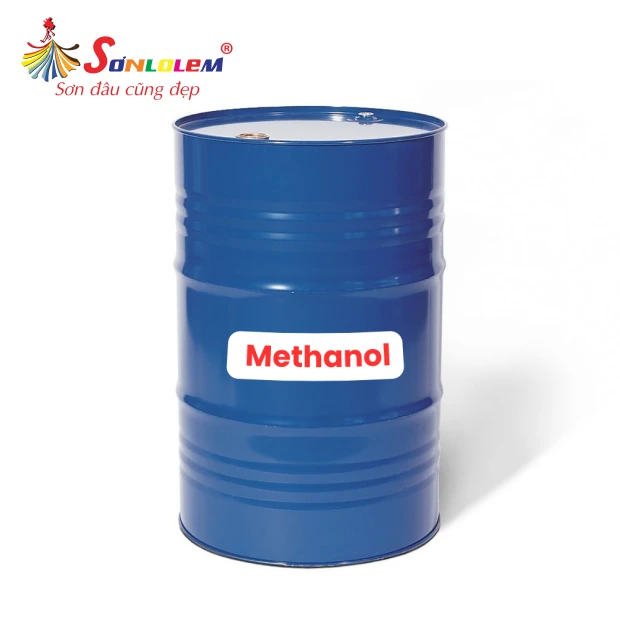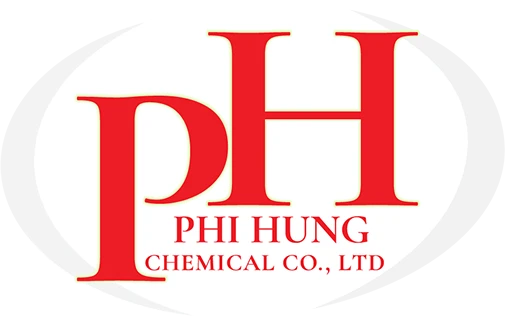

Methanol
Methanol
Other Names:Methyl Alcohol, Metanol, Methylic Alcohol, Carbinol, Hydroxymethane, Methylol
Specifications:
- Packaging: 163KG/drum
- Origin: Malaysia, Indonesia
Product information:
What is Methanol?
Methanol, with the chemical formula CH₃OH, is also known as methyl alcohol, colonial spirit, or methanol solvent. It is the simplest alcohol, lightweight, highly volatile, colorless, and flammable, with a distinctive odor. At room temperature, methanol is a polar liquid. When exposed to air, it oxidizes in the presence of sunlight to form carbon dioxide and water.
Properties of Methanol
- Molecular formula: CH₃OH
- State: Liquid
- Molecular weight: 32.04 g/mol
- Appearance: Transparent, colorless liquid
- Density: 0.7918 g/cm³
- Freezing point: -97°C
- Boiling point: 65°C
- Flash point: 11-12°C
- Autoignition temperature: 385°C
- Solubility in water (at 20°C): Infinite
- Vapor pressure: 13.02 kPa (at 20°C)
- Viscosity: 5.9 × 10⁻⁴ Pa·s (at 20°C)
Chemical Properties of Methanol
- Methanol is the simplest representative of the saturated alcohol homologous series.
- When fully oxidized, it forms carbon dioxide and water. Partial oxidation results in formaldehyde (formic aldehyde).
- Reacts with metals to form alkoxide salts.
- Reacts with inorganic or organic acids to form esters.
Applications of Methanol
Methanol is widely used across various industries as a solvent and in the production of methyl compounds and formaldehyde. It is found in paints, cleaning solutions, antifreeze, and is also being explored as an alternative fuel source in engines. Additionally, methanol plays a crucial role in industrial production, laboratories, and educational institutions.
Common Uses:
- Paint and plastic production
- Rubber industry
- Ink solvent
- Paint solvent
- Cleaning solutions
- Adhesives
- Antifreeze agent
- Pharmaceutical industry
- Biodiesel production
- Common laboratory solvent
- Wastewater treatment (residential & industrial)
- Production of formalin, formic aldehyde, and acetic acid


 Tiếng Việt
Tiếng Việt